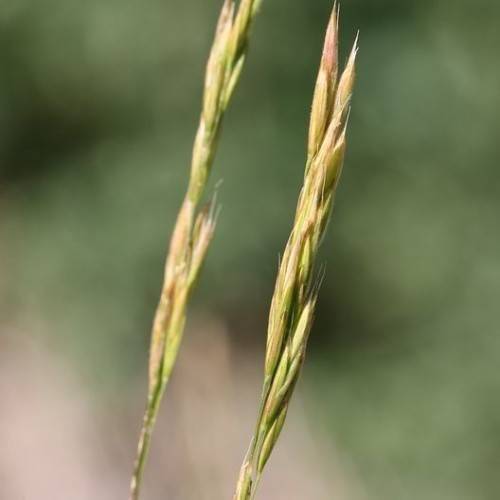
Suksdorf's Brome
Bromus suksdorfii
Watering:
Average
Hardiness Zone:
Sun:
full sun,part shade
Leaf:
Yes
Growth Rate:
Low
Salt Tolerant:
Yes
Invasive:
Yes
Care Level:
Medium
watering
Corn brome (Bromus squarrosus var. villosus) should be watered thoroughly but infrequently; allowing soil to dry out between waterings. This species of plant prefers moist, well-draining soil. During the growing season (spring and summer), corn brome should be watered about once a week, with about 1 inch of water, enough to saturate the soil. During periods of hot, dry weather, corn brome should be watered more frequently. When temperatures drop in late fall and winter, water less frequently; about once every 10 to 14 days. Pay attention to the soil moisture level and water when it is dry 1 inch below the surface.
sunlight
Corn Brome (Bromus squarrosus var. villosus) is a fast-growing plant species that requires plenty of sunlight to thrive. That said, it is best to provide the plant with some shade in areas with intense sun exposure. For optimal growth, Corn Brome should be given full sun for at least 8 hours a day. Moderate indirect sunlight that includes some shade is also beneficial. The best time of day for sunlight is during the afternoon when the sun is the strongest.
pruning
Corn Brome should be pruned once a year in late winter or early spring. Pruning should involve removing any dead or damaged stems and branches to improve the overall shape of the plant. By pruning, the Corn Brome plant will have more vigorous growth and an increased chance of blooming. Pruning should be done gently to avoid spoilage of the foliage.
